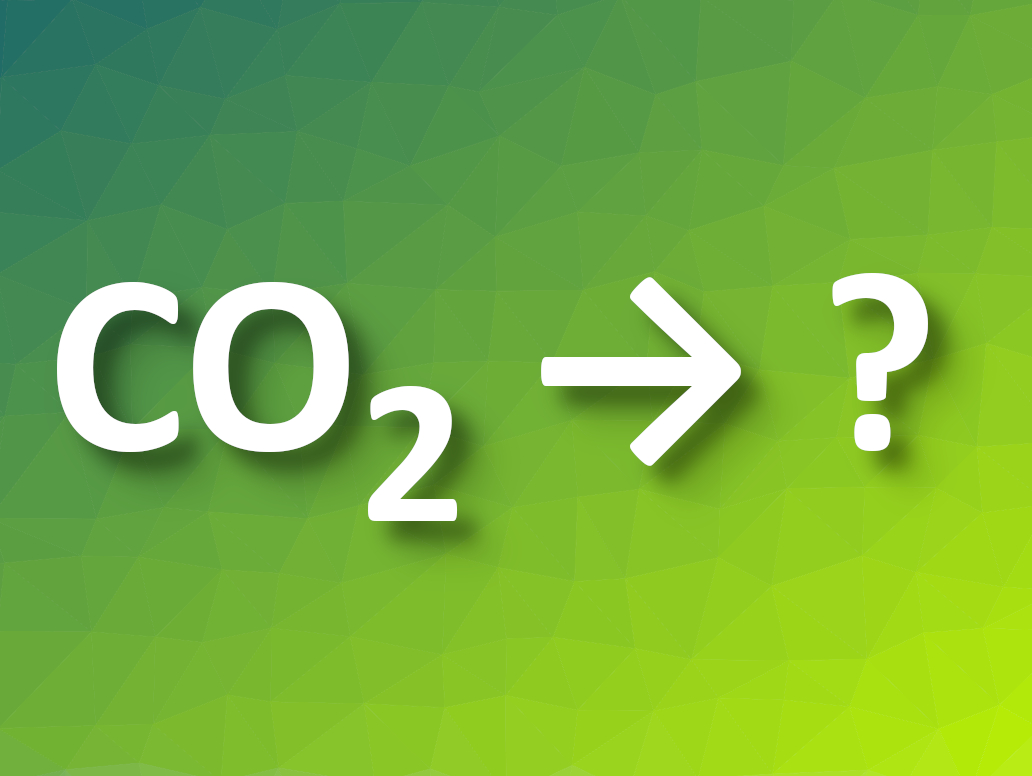Emissions of the greenhouse gas carbon dioxide into the atmosphere need to be reduced to curb climate change. Carbon capture and utilization (CCU) could help to achieve this goal. In CCU processes, CO2 emitted from industrial processes is captured and used to create commercial products, such as chemicals, concrete, or minerals. However, comparing the climate impacts of the different possible CCU pathways is challenging. This would be necessary to optimize the environmental benefits of investments in CCU processes.
Dwarakanath Ravikumar, University of Michigan, Ann Arbor, USA, and National Renewable Energy Laboratory (NREL), Golden, CO, USA, and colleagues have estimated the climate “return of investment” for 20 potential CCU pathways leading to concrete, chemicals, or minerals. They considered 4 concrete, 13 chemical, and 3 mineral pathways and compared the emissions created during the CCU-based process with the CO2 emissions of the conventional process otherwise used to create the respective product.
The team found that two pathways that produce concrete and two pathways that produce chemicals generate the greatest climate return of investment. These are 1) concrete production through CO2 mixing when ordinary portland cement (OPC) is used as the binder material, 2) concrete production through CO2 mixing in which a mix of OPC and supplementary cementitious material is used as the binder material, 3) carbon monoxide production through dry reforming, and 4) formic acid production via the hydrogenation of captured CO2. According to the researchers, these processes are the only studied CCU pathways with a higher likelihood of generating a benefit for the climate overall rather than an additional burden. The work could help to guide the scale-up of CCU processes to maximize their climate benefit.
- Assessing the Relative Climate Impact of Carbon Utilization for Concrete, Chemical, and Mineral Production,
Dwarakanath Ravikumar, Gregory A. Keoleian, Shelie A. Miller, Volker Sick,
Environ. Sci. Technol. 2021.
https://doi.org/10.1021/acs.est.1c01109




